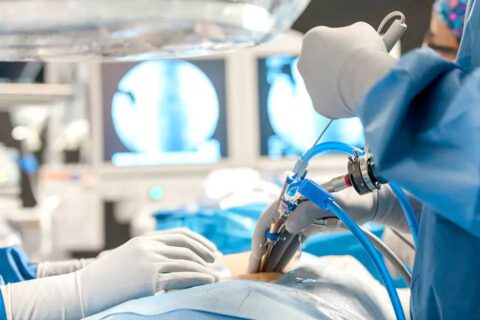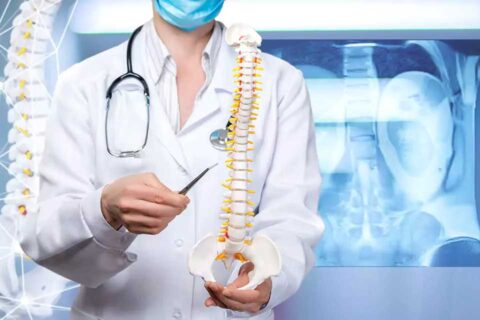According to the National Institute of Arthritis and Musculoskeletal and Skin Diseases (NIAMS), part of the National Institutes of Health (NIH), the following conditions may be candidates for surgical spine treatment:
- Herniated or ruptured disks, in which one or more of the disks that cushion the bones of the spine are damaged
- Spinal stenosis, a narrowing of the spinal column that puts pressure on the spinal cord and nerves
- Spondylolisthesis, in which one or more bones in the spine slip out of place
- Vertebral fractures caused by injury to the bones in the spine or by osteoporosis
- Degenerative disk disease, or damage to spinal disks as a person gets older
- In rare cases, back pain is caused by a tumor, an infection, or a nerve root problem called cauda
- Equina syndrome. In these cases, NIAMS advises surgery right away to ease the pain and prevent more problems.



